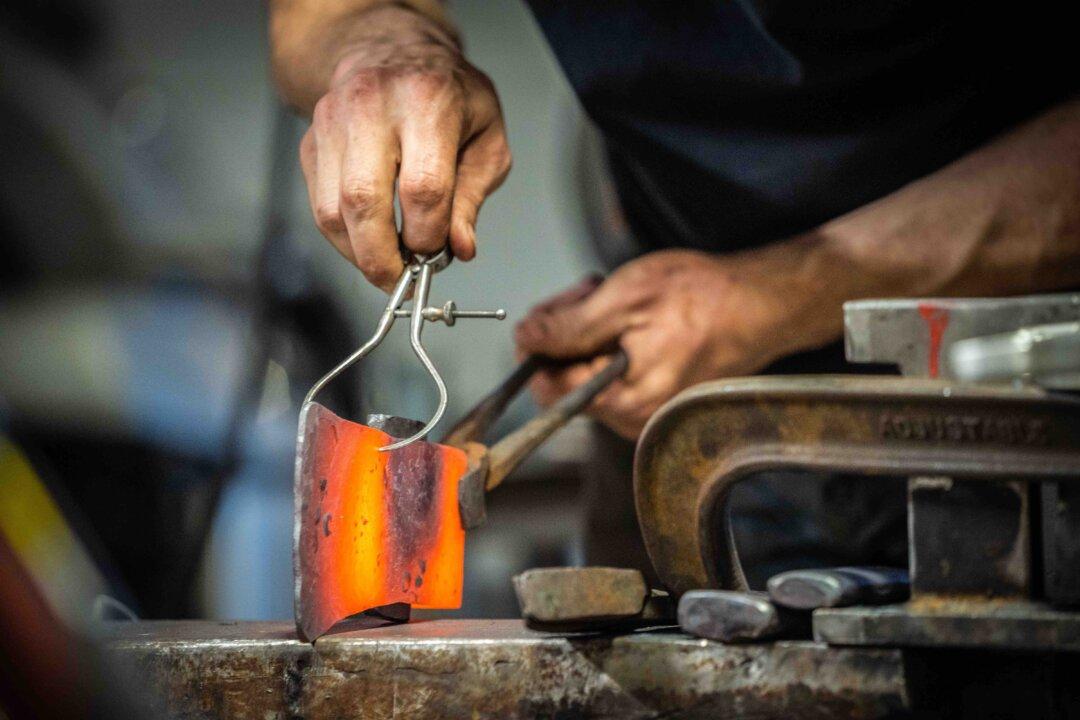Imagine entering a grand sandstone palace, erected high up in the alcove of a cliff in the western U.S. This dream-like place really does exist. Built way back in the 12th century, there is a vast dwelling made up of almost 200 angular and circle-shaped rooms, like something straight out of a “Game of Thrones” episode.
You can, in fact, visit this mysterious site, known as Cliff Palace, by climbing a ladder in the very same way its original inhabitants did. It’s not known for sure why those farmers—the Ancestral Puebloans, who lived in the area from 500 to 1300 A.D., made their home high up above this land. All that is known is that they put an extraordinary amount of time and effort into constructing these stone and mortar buildings—often with their bare hands. Those who travel from around the world to see this archaeological wonder with their own eyes are able to spot handprints and fingerprints preserved in the walls.






